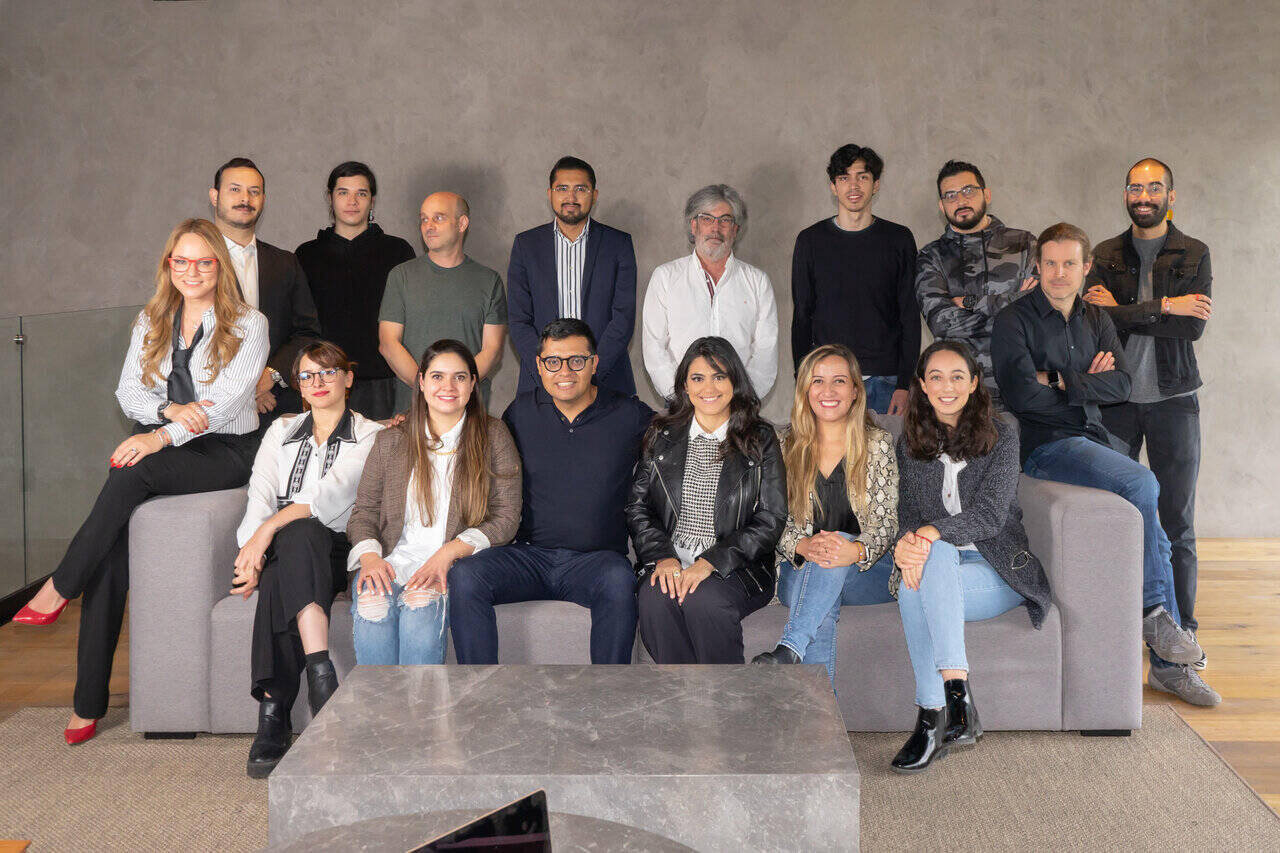Scaling a company is never easy. But scaling a company in Africa presents unique challenges that make the journey even more daunting. Currency devaluation, economic and political instability, and limited access to capital are just a few of the obstacles that can hinder growth. Yet, despite these challenges, some companies not only survive but thrive, becoming leaders in their industries. Moove, Africa’s first mobility fintech, is one such success story.
In a previous blog post, I shared my thoughts on our investment in Moove through Speedinvest and highlighted the innovative approach the company took in tackling Africa's mobility challenges. Now, I want to dive deeper into the strategic decisions and pivotal moments that have propelled Moove from a Series A startup to securing significant investment from a publicly listed company like Uber – sharing learnings that founders in Africa, Europe, and around the world can add to their scaling playbooks.
What is Moove?
Moove provides vehicle financing for mobility entrepreneurs across Africa. By offering access to new vehicles, Moove empowers drivers to own and operate their vehicles, thereby supporting the growth of ride-hailing services like Uber in markets where traditional financing options are limited. Moove's innovative model leverages driver earnings as a credit score, enabling them to finance their vehicles and pay back loans through their earnings. Their financial impact on mobility entrepreneurs is unquestionable and their alignment with OEMs and ride-hailing companies makes the business model truly unique.
So what are the crucial aspects that I believe were instrumental in Moove’s journey from Series A to a strategic partnership and an equity investment from Uber?
Transforming Weaknesses into Competitive Advantages
Understanding the vulnerabilities of your business model and addressing them proactively is crucial for long-term success. Moove’s story provides two compelling examples of how the company turned potential weaknesses into competitive advantages:
- Geographical Expansion: Initially, Moove operated solely in Nigeria, a country with a highly volatile currency, the Naira. Recognizing the risks associated with currency fluctuations, Moove made the strategic decision to expand into other regions with more stable currencies almost from day 1. Today, Moove operates in 12 markets across three continents. This rapid expansion not only mitigated currency risk but also allowed the company to experiment with different business approaches, benchmark their performance, and increase their market size. By offering electric vehicles (EVs) in markets like the UAE and the UK, Moove improved the initial use case and also tapped into new investor pools, further strengthening its financial position.
- Strategic Partnership with Uber: Early on, there were concerns within our Investment Committee about Moove’s reliance on Uber, with some fearing that this dependence could be detrimental. However, Moove astutely recognized this potential weak point and turned it into a strength. By ensuring that Uber became equally dependent on Moove in key markets in terms of driver supply, the relationship evolved into a symbiotic one. This close collaboration ultimately led to Uber making a substantial equity investment in Moove, solidifying the partnership and providing a strong endorsement of Moove’s business model.
Flexibility and Adaptability: Knowing When to Pivot
One of the most impressive aspects of Moove’s journey has been the company’s ability to pivot when necessary. While it’s important for founders to be passionate about their vision, it’s equally important to recognize when a strategy isn’t working and be willing to change course.
A prime example of this is Moove’s initial plan to use car financing as a gateway to offering a broader range of financial services to drivers, such as Earned Wage Access, bank accounts, and insurance. This was a key element of our investment thesis, and the company invested significant resources into this vision. However, when these services failed to gain traction, Moove made the difficult decision to refocus on its core business of vehicle financing.
This pivot wasn't just a change in strategy; it was a shift in mindset. Moove's founders demonstrated a remarkable level of pragmatism and humility by not allowing their initial vision to become a stumbling block. Instead of doubling down on a strategy that wasn't working, they analyzed the market, listened to feedback, and redirected their resources to where they could make the most impact. This ability to pivot quickly and decisively, without becoming too attached to the original plan, was critical to Moove’s continued growth and success.
Moreover, this adaptability extends beyond just strategic decisions. It also reflects how Moove adjusted its operations across different markets. In each new market, Moove faced unique challenges, whether it was regulatory hurdles, competition, or cultural differences. Yet, the company’s leadership consistently demonstrated the ability to adapt to these challenges, tailoring their approach to fit local conditions while staying true to the core value proposition.
Sustaining Excitement and Engagement: Internally and Externally
Another critical factor in Moove's success has been the ability of its founders, Ladi Delano, and Jide Odunsi, to sustain excitement and engagement around the company. This is a skill that goes beyond just good public relations; it’s about creating a culture of enthusiasm that permeates every level of the organization and extends to all stakeholders.
From the outset, Ladi and Jide have been masterful at generating excitement about Moove's mission. During fundraising rounds, they were able to convey a compelling vision that not only attracted investors but also inspired confidence in their ability to execute. However, what sets them apart is their ability to maintain that momentum long after the fundraising rounds are over.
Keeping employees engaged is no small feat, especially in a rapidly scaling company. Moove’s leadership has been able to do this by fostering a sense of purpose and belonging among their teams. They have been transparent about the company’s goals and challenges, making sure that every team member understands how their work contributes to the larger mission. This has helped to create a strong, unified company culture where employees are not just working for a paycheck but are genuinely invested in the company’s success.
Investors, too, have remained highly engaged, and this is largely due to the proactive communication style of Moove’s founders. Instead of only reaching out when it’s time to raise the next round, Ladi and Jide have kept investors in the loop about the company’s progress, challenges, and strategic decisions. This ongoing dialogue has helped to build trust and ensure that investors remain supportive even during difficult times.
Furthermore, Moove’s founders have been adept at keeping the media and public excited about the company. By consistently sharing updates on milestones, new market entries, and partnerships, they have managed to keep Moove in the spotlight, which has been crucial for maintaining brand visibility and attracting top talent.
The ability to sustain excitement is not just about charisma; it’s about delivering results and then effectively communicating those results to all stakeholders. This creates a virtuous cycle where positive news generates more excitement, which in turn fuels further success.
Leverage Learnings From Moove's Successful Model to Scale Your Startup
While the success of Moove can be attributed to many factors, the company’s ability to identify and address weaknesses, pivot when necessary, and maintain excitement and engagement have been clear keys to its continued growth.
As a board member, I’ve had the privilege of witnessing these strategic decisions firsthand, and I believe they offer valuable lessons for other founders who are navigating the challenges of scaling a company – whether in an emerging market, Europe, mobility, or an entirely different industry.
Of course, this is just a snapshot of Moove’s journey. Countless other factors and stories have contributed to the company’s success, and I’m sure Ladi and Jide could write an entire book or trilogy on their experiences.
But until then, I hope this quick glimpse into Moove’s successful growth and scaling model will be helpful to other entrepreneurs who are striving to achieve similar, long-term success with their companies.






